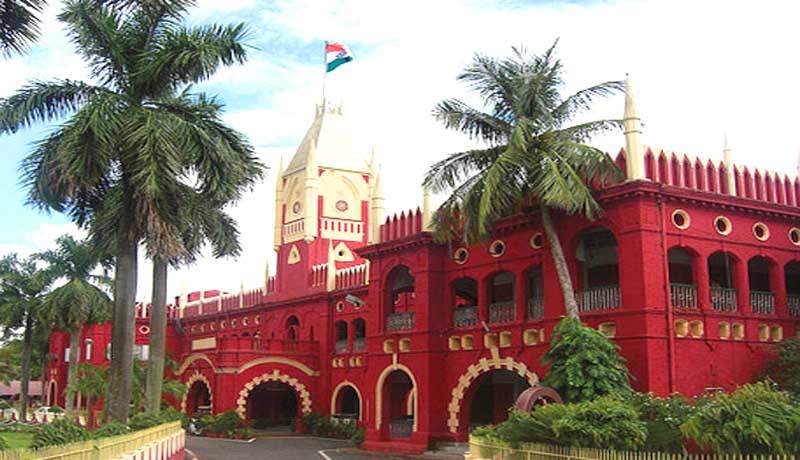Cuttack: The Orissa High Court Thursday granted two more weeks to the Archaeological Survey of India (ASI) to file a report in connection with a PIL claiming “illegal” constructions close to the Shree Jagannath Temple complex in Puri have affected the health of the 12th-century shrine.
The court had asked the ASI to undertake a joint inspection of the site with the state government and file a report to the court at least three days before April 21. However, the custodian of the temple failed to submit it.
As the ASI sought more time, a division bench comprising Chief Justice S Murlidhar and Justice RK Patnaik allowed the ASI to file the report within two weeks and adjourned the matter till May 16.
The central government, which was made a respondent in the case, too was given two more weeks to file its response.
The court again asked the ASI and the Odisha government to carry out a joint inspection of the construction activities under the Heritage Corridor Project to find out whether those have caused any damage to the temple as claimed by petitioner Dilip Kumar Baral, a resident of Puri.
The petitioner’s advocate Anup Kumar Mohapatra submitted certain documents in support of his claim.
Baral filed the PIL in the high court seeking its order to stop the construction activities undertaken by the state administration for a developmental project near the temple allegedly violating the Ancient Monuments and Archaeological Sites and Remains Act, 1958.
According to the provisions of the Act, the area within 100 meters from a monument is a ‘prohibited’ zone while that within 200 meters falls under the ‘regulated’ category, the petition said.
“Any repair, modification or constructions in the prohibited or regulated areas require prior permission from the ASI,” it said.
However, the state government has not taken permission from the ASI for the construction work, the petitioner submitted.
“Cracks have appeared in the Nata Mandap of the 12th-century shrine due to these construction activities” and continued construction work will pose a threat to the structure of the temple, it said.
The state had informed the court that correspondences were exchanged between the Odisha government and the National Monuments Authority (NMA), which functions under the Union Ministry of Culture and is responsible for grant of permission for construction-related activity in the prohibited and regulated area.
Chief Minister Naveen Patnaik along with Puri’s titular king Gajapati Dibya Singha Deb had last year laid the foundation stone for the project which seeks to provide better amenities to pilgrims, including toilets and cloakrooms.
PTI
